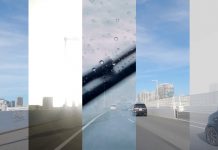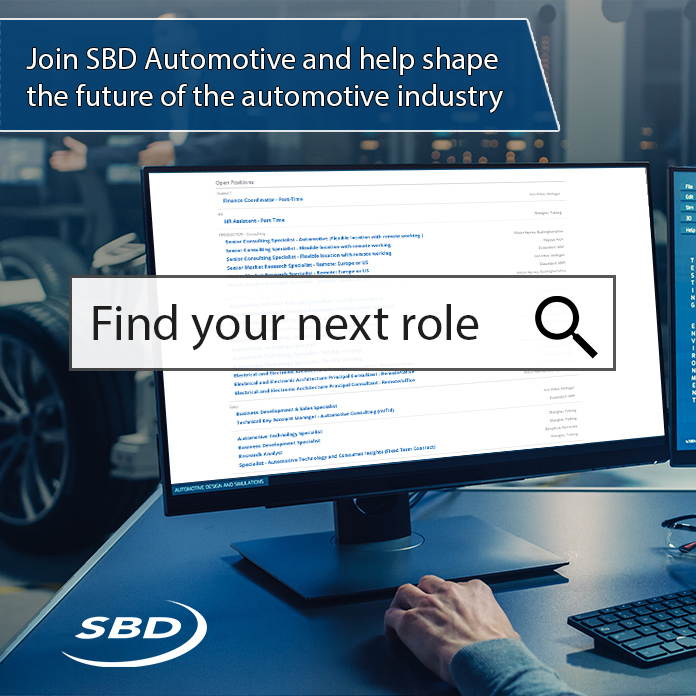- For reliable object recognition, Bosch camera takes unique multi-path approach.
- AI designed by Bosch: camera improves legacy driver assistance systems and extends their application range.
Bosch develops AI camera for advanced driver assistance system (ADAS). Bosch uses various technologies for surround sensing, including ultrasound, radar, and video. When it comes to structure and function, cameras come closest to the human eye, which is why they will be such invaluable assets for automated driving, and indeed why they already play a key role in driver assistance. Bosch has now succeeded in taking automotive camera technology to a new level. This new Bosch technology is set to debut in vehicles in 2019. The combination of its unique multi-path approach and artificial intelligence (AI) for object recognition will make surround sensing far more reliable, and road traffic safer. Bosch aims to be the market leader, and the measure of all things in camera technology.
Human drivers: looking but failing to see
Cars with driver assistance, automatic emergency braking systems, and automated driving capability must be able to see all objects in their surroundings. On top of that, they must be able to detect in a flash if an object is relevant for their driving strategy. And just as quickly, they have to determine what their reaction to relevant objects should be. Should they brake, swerve, or continue on their path? Unlike the human eye, the new Bosch MPC3 mono video camera has been optimized to handle such decisions. For humans, looking is one thing, but actually recognizing what our eyes see is another matter. Our eyes may be marvels of nature, but we have our weaknesses when it comes to visual perception. Just because we see something does not mean that we recognize and understand it. Many drivers who are involved in accidents say that they had been looking in the right direction but failed to spot the other party. It is estimated that up to 50 percent of road traffic collisions are attributable to this phenomenon. The new Bosch camera is superior to the human eye in this respect, not least because it never gets tired, and works just as well after hours of driving as during the first kilometer.
Bosch technology makes new and improved driver assistance systems possible
The new technology’s great strength lies in its robust object recognition, enabled by Bosch’s multi-path approach. This also makes use of artificial intelligence. For example, Bosch engineers have taught the camera to reliably detect if the edge of the road is passable, even in the absence of road markings. This camera intelligence is based on Bosch know-how and integrated into a chip, known as V3H, made by the Japanese company Renesas. It can also improve legacy driver assistance systems and extend their application range. For instance, it could enhance automatic emergency braking systems to prevent vehicles hitting various types of animals. It could also make emergency braking more reliable, since the camera can recognize pedestrians even when they are partially concealed. The Bosch innovation also improves road-sign recognition. The new Bosch camera features optical character recognition that reliably reads text and numbers on road signs, and presents this information to the driver on a dashboard display.














